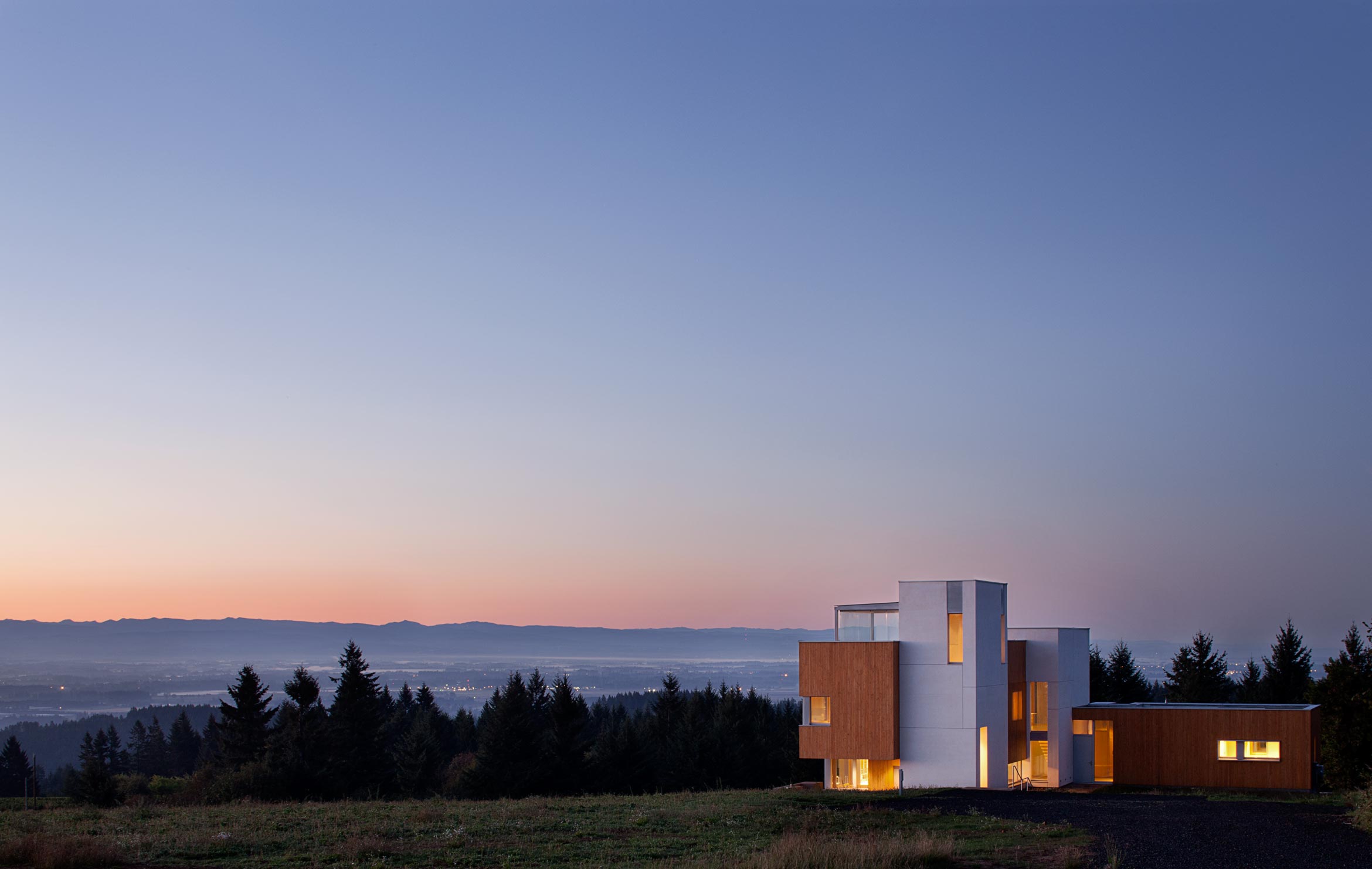
Source: hammerandhand.com
When building a house, most people are concerned with constructing and running costs. There is, however, one toll that many overlook, one that Mother Nature pays. Commercial and residential buildings account for a tremendous amount of global CO2 emissions— around 39% in the U.S. But, even if these figures do not bother you, sustainable design has much else to offer. Advancements in green technologies have made them much more available for an average consumer, and outfitting the home with new capabilities saves you both money and energy in the long run.
What a waste
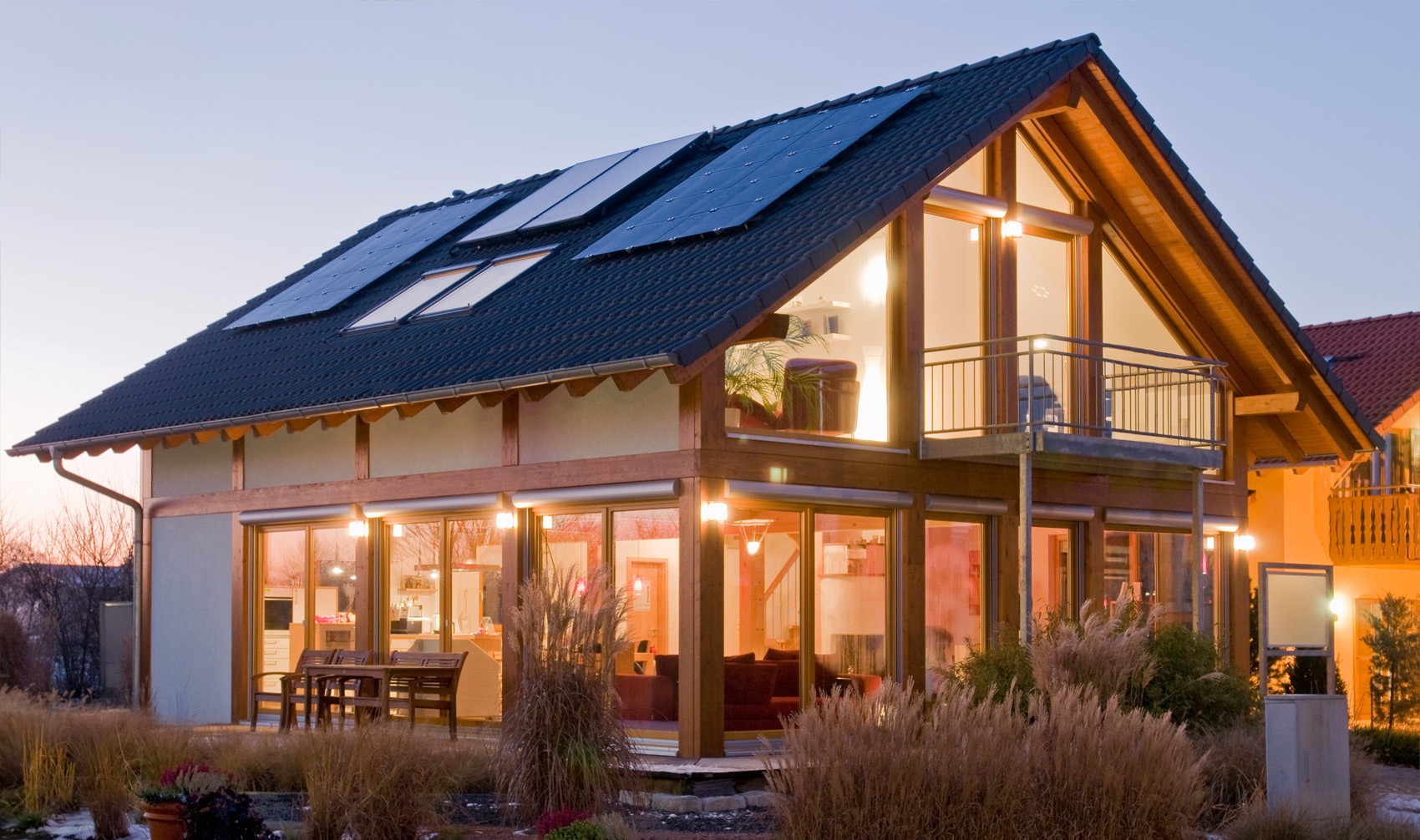
Source: overtimedigitalsports.com
Sustainable design is huge right now, and is offering a breath of fresh air to the interior spaces. It is integrated into every stage, from the building process, to the interior decoration and design. Solar panels are popping up on the roofs of concrete jungles, and interiors hold a plethora of energy-efficient appliances and capacities. Aside from solar panels, people use rainwater collectors, wind turbines and other cutting-edge equipment. Ingenious and original solutions are winning acclaim and pushing the known borders ever further.
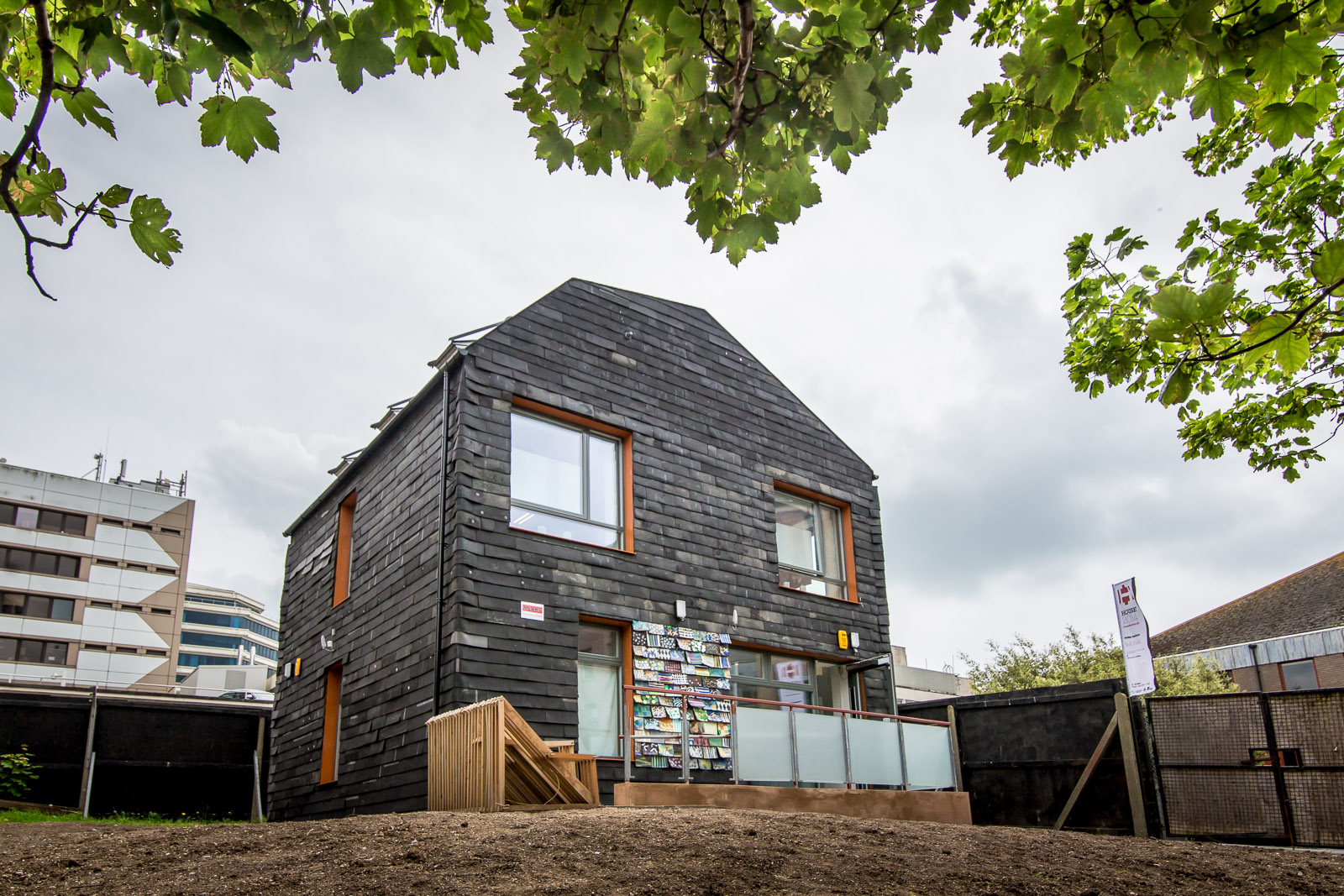
Source: liveprojectsnetwork.org
Take the example of the waste house, one that is made exclusively from discarded waste. Namely, toothbrushes, CDs, carpet tiles and floppy disks were utilized for cladding the new home’s facade. This means that people who obtain an extensive amount of construction and household waste are able to capture the essence of green living from the ground up. Others are exploiting easily-obtained, locally-based materials: We are witnessing more and more retreats in tropical areas featuring palm leaf thatching and bamboo.
The best of both worlds
It seems that there is a strong resolve to achieve reconciliation with the natural world. Lowering the carbon footprint is one of the major goals here, and there are numerous ways to embark on this mission. So, let us start with crucial systems such as cooling, heating, plumbing and electrical installations. In all these areas much has been done, and utilities like programmable thermostats cut down the energy consumption considerably. Yet, many architects are going an extra mile, creating passive houses that are no longer dependant on the grid.
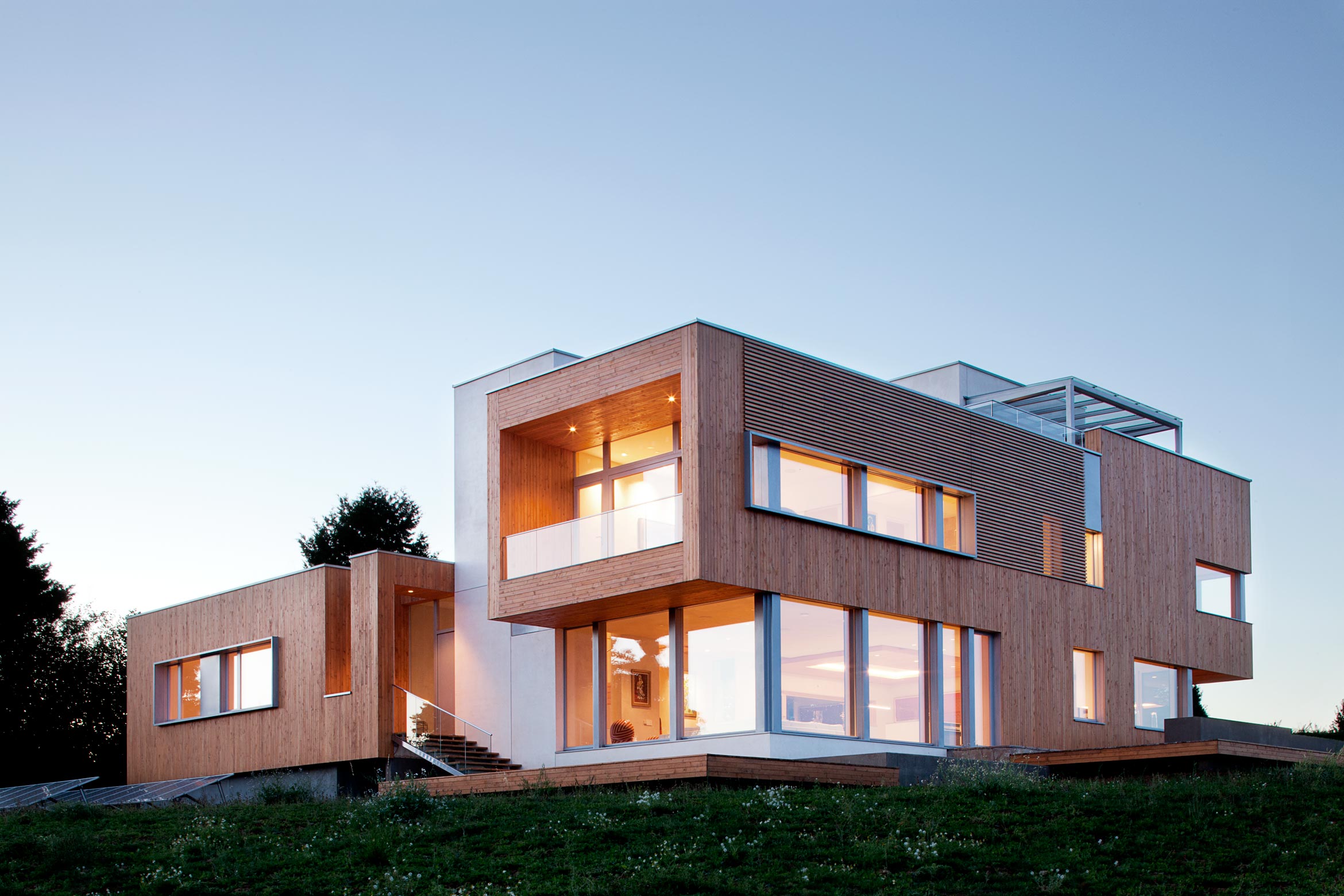
Source: hammerandhand.com
Of course, the envelope of the building is what makes or breaks the attempts to embrace the sustainable way of life. The good news is that there are many inexpensive projects, including blown-in dry cellulose, recycled denim, fiberglass, and foam sheathing. Furthermore, engage in some weather-stripping of windows and doors to prevent the loss of optimal temperature. If that does not solve the problem, note that the open design induces better stack ventilation, and automatically-opening windows reduce air-conditioning requirements.
Green-lighted projects
A significant portion of utility bills is a result of the home lighting, so eco-friendly LED products are a must. They consume much less energy, and can be part of DIY projects ranging from the turquoise reef tank light to built-in cabinet fittings. Also, if you want to witness the illuminated transformation, you should pay attention to the overall home design.
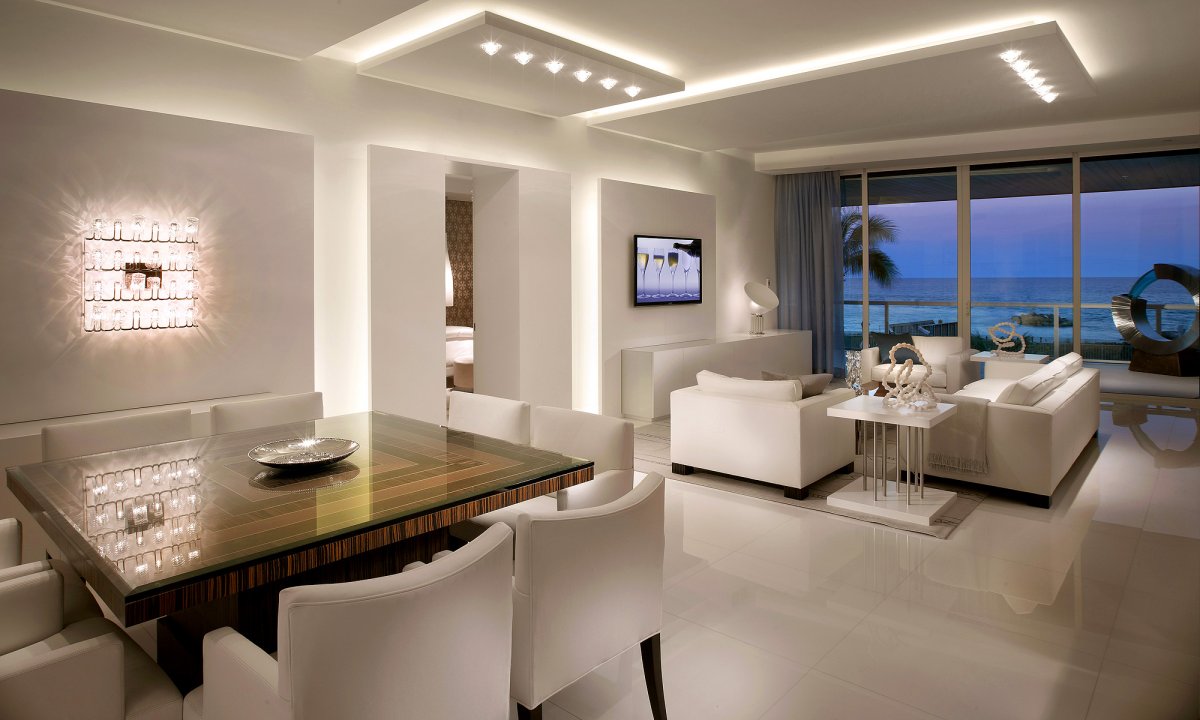
Source: lucemax.com
The transfiguring power of the lighting lies in its ability to make the décor fully shine. So, one should first muse on creating a backdrop for the shimmering spectacle with colours from the eco-friendly paints’ rich spectrum.
Turn your attention to furniture next, and take the visual appeal to the next level. You can stick to refurbished furniture, or make some pieces yourself. Check out the herringbones chair, an attention-grabbing project involving wood, coloured dye and herringbone motives. Or, go wacky, and make a stunning chair with only two materials: colourful rope and industrial foam. The possibilities are endless. Roll up your sleeves, infuse the home with your sense of style, and make it reflect your personality.
Into the deep
The boom in sustainable building is driving many new innovations and killer applications of the green tech. Everyone can find its own cup of green tea, and receive a financial and energy-efficiency payback. Turn to sustainable building material, fittings and furniture, and do not worry about the upfront costs. In due time, it will become clear that the green living minimizes both the environmental impact and alleviates the household pressure on the budget. This will also enable you to see your home in the entirely new light and dive into the inspiring green ocean life-changing concepts.


